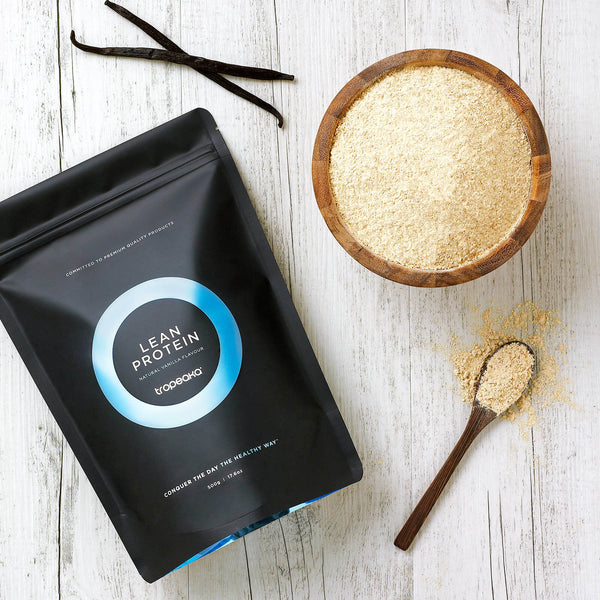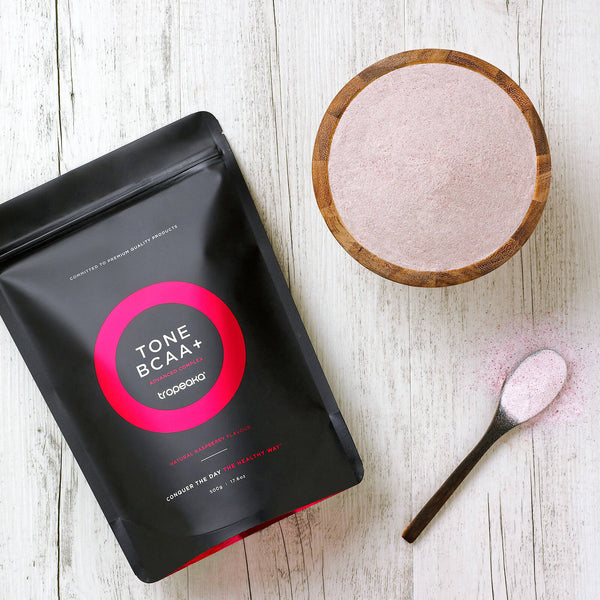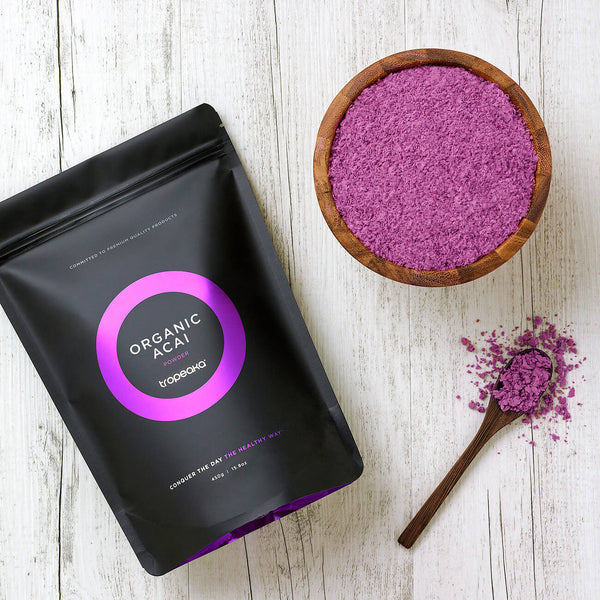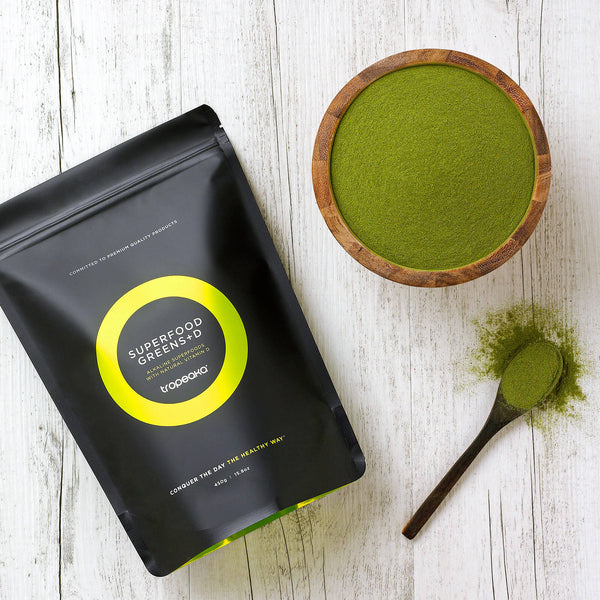Spirulina is widely considered to be one of the most powerful and nutrient-dense superfoods on the planet.
D
ue to its complete nutritional profile and ability to produce oxygen through photosynthesis, spirulina has been extensively researched by NASA and the ESA for long-term space missions. But what exactly is this bright green superfood?
What is spirulina?
Spirulina is a natural blue-green algae that grows in both fresh and saltwater. However, it tends to grow naturally in the warm alkaline waters of subtropical climates. More specifically, spirulina is a biomass of cyanobacteria, which is the scientific name for a family of aquatic single-celled microorganisms that are photosynthetic.

Through photosynthesis, spirulina and other blue-green algae produce their own food by transforming light energy into chemical energy. This process that spirulina goes through to feed itself also provides humans and animals with a rich source of life-sustaining and health-promoting nutrients.
Combining the intense power of the sun with simple elements such as water, carbon dioxide, nitrogen, and phosphorus, spirulina is an extremely concentrated, wonderfully complex and highly nutritious food.
Rich in iron, B-vitamins, many essential minerals and antioxidants, spirulina is also one of the few plant-based sources of ‘complete protein.’ When taken regularly, spirulina has been shown to support immunity, fight allergies, improve athletic performance, reduce fatigue, and much more!
Given its powerful health-promoting properties, it’s understandable that adding powdered algae to your smoothies has become so popular!
Its potent health benefits have been recognised since ancient times
What is spirulina's origin?
The origin of spirulina is far more fascinating than you might expect. It comes from a family of microorganisms that played a crucial role in shaping the course of evolution and ecological change throughout our planet’s history. Cyanobacteria is one of the oldest lifeforms on Earth, and it’s thanks to spirulina’s predecessors that we have oxygen in our atmosphere!
Its potent health benefits have been recognised since ancient times, and spirulina was a valuable food source for many cultures around the world, including the Aztecs, and the native people of Chad.
But have you ever wondered where spirulina comes from today and how Tropeaka Spirulina powder is made?
Where does spirulina come from?
Spirulina can be found growing naturally in the alkaline waters of many lakes, rivers, and ponds. However, it grows best in environments that have moderate temperatures and very high levels of sunlight.

These days, however, spirulina is often cultivated in manmade environments to ensure a high-quality product that is safe for commercial use. Tropeaka Spirulina is grown in a certified organic indoor environment that uses pristine spring water. This avoids contamination with dangerous strains and ensures the perfect growing conditions for one of the most complete superfoods on the planet.
Spirulina gets its name from the way it grows in microscopic spirals that stick together, and this makes it easy to harvest through a filtration process. Once harvested, spirulina is thoroughly washed in distilled water to remove any traces of salts, contaminants, or residue, before the excess water is removed by squeezing or pressing.
This leaves the freshly harvested spirulina ready to be dried within two days to preserve its nutritional value.
Just one teaspoon of Tropeaka Organic Spirulina Powder in your daily smoothie will support you through your day
Where can I get certified organic spirulina powder?
After being harvested and dried, Tropeaka Spirulina is processed into its powdered form, which makes using it in smoothies and other healthy recipes much easier. Despite its intense blue-green colour, Tropeaka Spirulina has a relatively mild taste, so adding it to your daily smoothies is a quick, convenient, and delicious way to get an incredible range of nutrients into your diet.

Just one teaspoon of Tropeaka Organic Spirulina Powder in your daily smoothie will support you through your day and provide huge benefits to your health and fitness.

Tip for purchasing spirulina: When choosing your product, it’s important to keep in mind that not all spirulina is free from chemical additives, radiation, and heavy metal contamination. Keep an eye out for the Certified Organic symbol!





